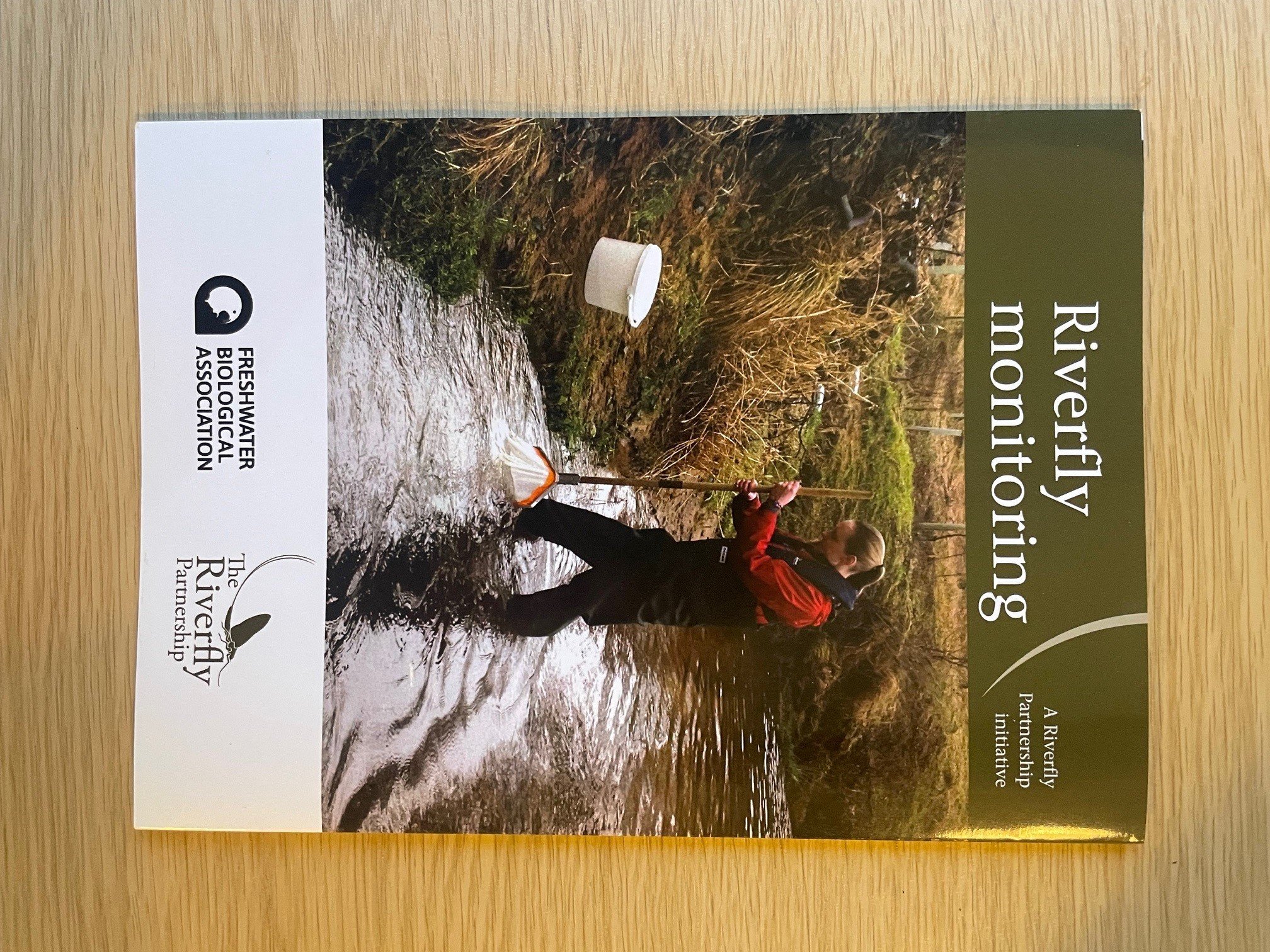Book review: The Biology and Ecology of Streams and Rivers
22 August, 2023
The Biology and Ecology of Streams and Rivers, by Alan Hildrew and Paul Giller: a review of an important new textbook.
By Rachel Stubbington, Nottingham Trent University
Rachel is both a Fellow of the Freshwater Biological Association and long-standing Editor of FBA Articles. Here, she reviews the brand new, soon-to-be-classic textbook, co-authored by FBA Fellow Alan Hildrew, and Paul Giller.
Introduction
Giller and Malmqvist’s The Biology of Streams and Rivers has long been at the top of the reading list for my undergraduate module Freshwater Ecosystems. It’s a bone fide classic—and, 25 years after its publication, it remains relevant. But the discipline of freshwater ecology has changed much in the last quarter-century and continues to expand rapidly. As such, an up-to-date, globally relevant perspective on the biology and ecology of lotic ecosystems is much needed, and the authors achieve this with this new book – which goes far beyond being a mere ‘second edition’ to its predecessor. Two little words have appeared in the new title: and Ecology. This addition reflects the expanded scope of the new book, which encompasses the extensive, exciting research advances in ecosystem science that recognise and characterise the ecological importance of functional processes enabled by the life in running waters.
Overview
The book comprises 468 pages (including 398 chapter pages) and has 10 chapters, starting with an introduction to rivers as ecological systems and the habitat templet therein: the stage upon which life unfolds. The next chapters introduce that life: the biodiversity within running waters and the adaptations that enable such a wide range of organisms to persist in these dynamic environments, and—going beyond its predecessor—how these organisms interact in populations and communities, and how biotic interactions enable energy to flow through food webs. Next, chapters consider how this energy flows through rivers—their metabolism (another addition to the new book)—as well as the essential nutrients that fuel metabolic activity.
Although not a text that focuses on anthropogenic impacts, human influences on once-natural ecosystems are all-pervading in today’s rivers. As such, each chapter acknowledges how human activities and rivers interact, and the optimistically titled closing chapter, New Horizons, seeks to guide the application of ecological science to river management. This important, wide-ranging chapter starts with a convincing articulation of “a freshwater biodiversity crisis?”; I wonder if the question mark is needed. Long-term and emerging threats are considered, including hot topics such as the effects of sewage pollution on water quality in UK rivers. But it’s not all doom and gloom, as the authors present a concise overview of key conservation and restoration actions before closing with a call to arm the next generation of river ecologists with a balanced set of new and traditional skills—exemplified by the need for both molecular and morphological taxonomists. Such scientists will contribute to a rapid growth in understanding that “offers significant hope for the future of streams and rivers”. Hear hear!
Rachel’s view
Yes, the book is long. But it is well-structured, easy to navigate and readable, clearly explaining even complex concepts and having the common decency to define and redefine abbreviations. I flicked to the “Elemental stoichiometry” section to peruse a topic sure to bamboozle my simple ecologist’s brain, and found myself able to grasp the basics (although anammox remains a mystery to me!). As such, the book will suit those who dip into a single chapter as well as those embarking on an epic 398-page journey. In places, scientific content is supplemented by a description of the history of the science and the people who conducted it, which may not be to my tastes but will interest those seeking a holistic picture of discipline advances.
Readability is also enhanced by the generous range of attractive colour figures used to illustrate key concepts, to visualize real ecosystems, and in many cases, to present data that evidence the scientific basis for described patterns and processes. There are also numerous ‘topic boxes’ authored by leading international scientists whose unique perspectives complement the lead authors’ own expertise. The citation of references is comprehensive without being excessive, and impressively current. Although the discipline continues to march forward at a pace, enough of this ambitious volume is sufficiently timeless to ensure that it becomes an instant classic—an essential addition to the (wooden or electronic) bookshelf of freshwater ecologists from undergraduates onwards—and remains a key point of reference for many years to come.
Get the book
The Biology and Ecology of Streams and Rivers by Alan Hildrew and Paul Gilller is published by Oxford University Press (OUP) and is available via the OUP website.
Further reading
The Freshwater Biological Association publishes a wide range of books and offers a number of courses throughout the year. Check out our shop here.
Get involved
Our scientific research builds a community of action, bringing people and organisations together to deliver the urgent action needed to protect freshwaters. Join us in protecting freshwater environments now and for the future.









